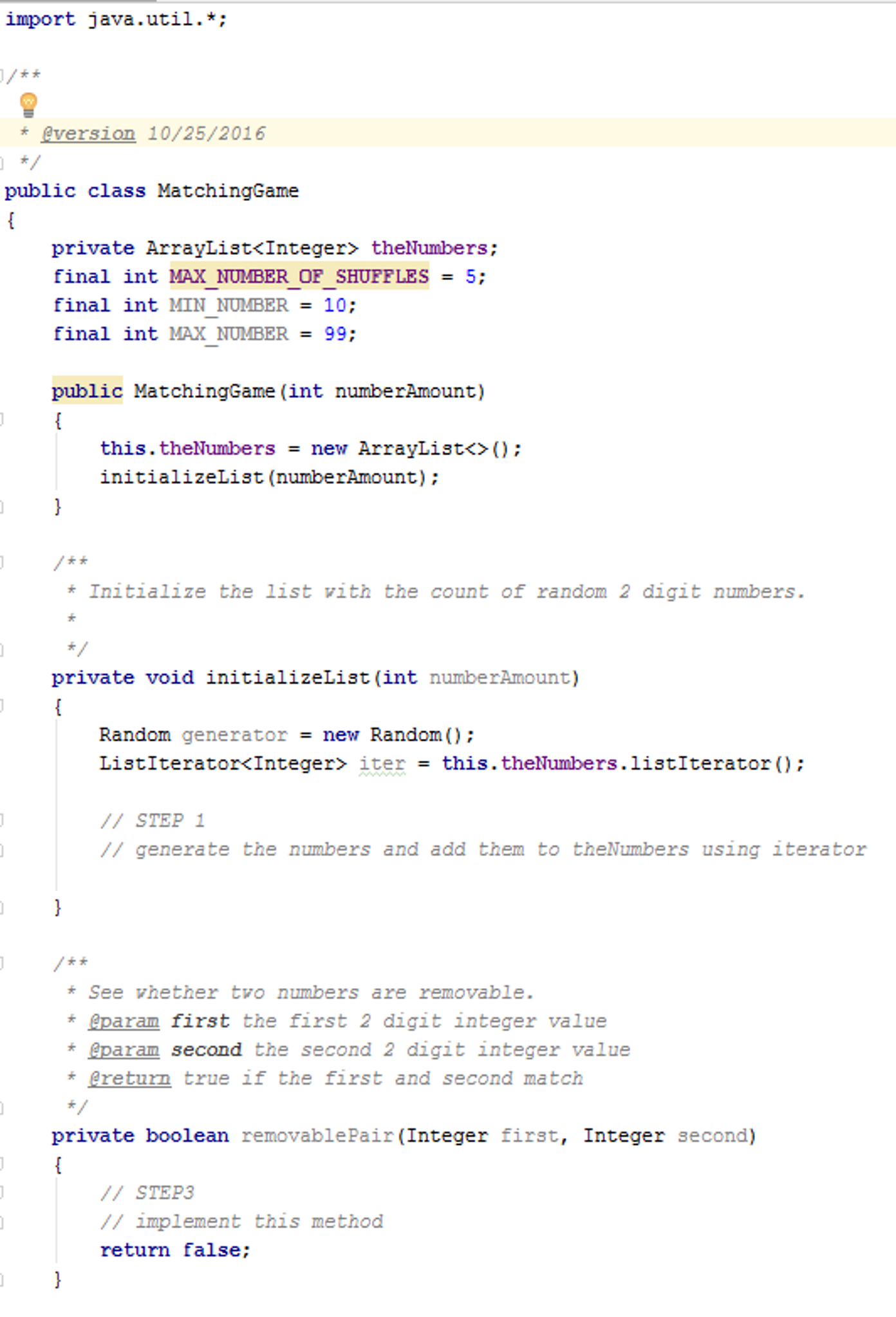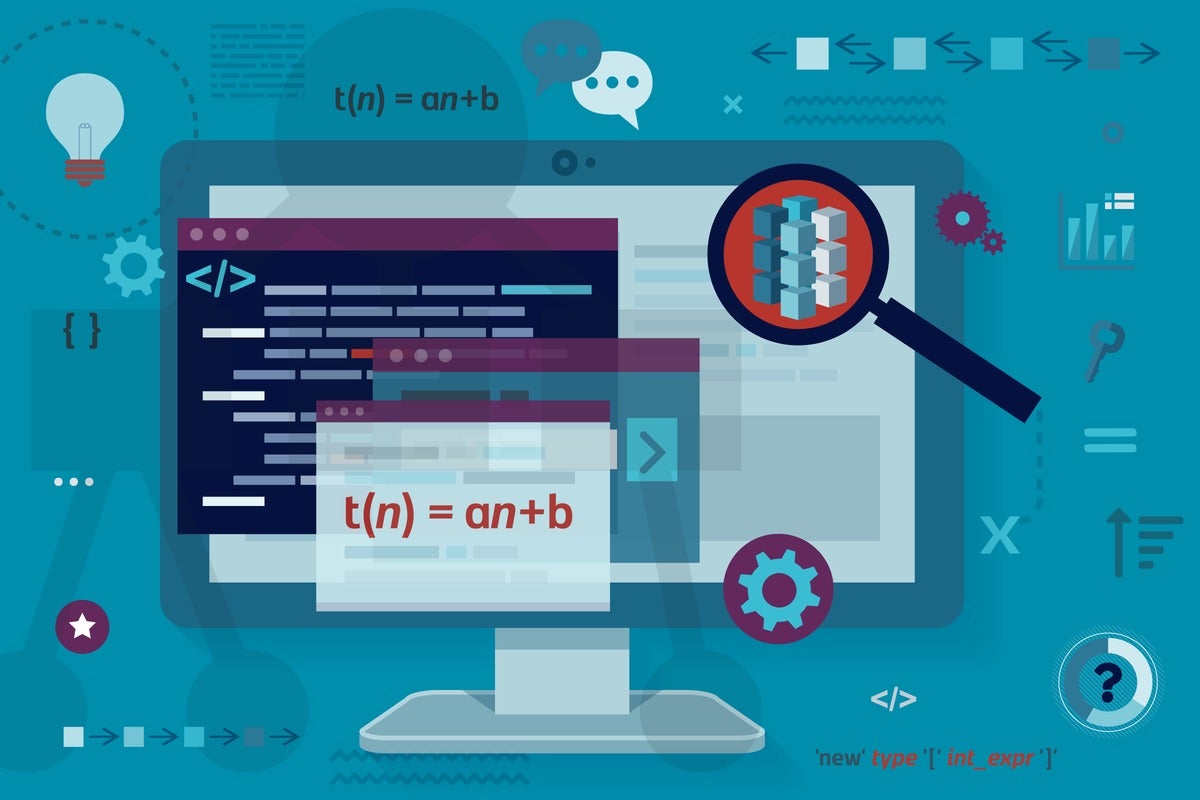

I know it came quite late, and I was lucky to find my way without knowing much about data structure, algorithms, and programming in general, but that was the ting of the past. That was my first real-world experience with a data structure and how they play roles in real-world applications. I was tasked to write a board game, and then I found that I can use a two-dimensional array as a board and just store 1 or 0 to indicate whether a particular place is occupied or not. I first realize the real use of array when I was writing games for mobile devices in my first company. It may be possible that you might have better learned them myself in your college and school, but that's a general pattern. At that time I didn't know what is the use of an array and linked list because most of the questions we face were based on theoretical knowledge without any practical application.įor example, the difference between an array and a linked list was a sure-shot one to appear in the exam, and just mugging the answer was enough to score well. I first heard about the array and linked list of my engineering college. Most of us first heard about them in school and colleges but didn't understand at that time. They tend to improve your programming skill and coding sense, and that's the main reason I suggest all kinds of programmers, from junior to senior to spend some time revising, refreshing, and honing their data structure and algorithm skills. I have also found that people good at algorithms and data structures are often better programmers than others. The best thing about them is that they never get out-of-date, and any investment you made in terms of time and money will pay rich dividends for a long time. The array class, access vs.Hello guys, both Data Structures and Algorithms are one of the most essential topics for programmers and if you want to learn Data Structure and Algorithms in 2023 then you have come to the right place.Module 1: Arrays, ArrayLists and Recursion Basic “Big-Oh” notation and asymptotic analysis.The Iterator & Iterable design patterns, and the Comparable & Comparator interfaces.Review of important Java principles involved in object-oriented design.This is a great course that has been derived from the on-campus version of CS1332 at the Georgia Institute of Technology, and is backed with an impressive reputation. Lastly, you'll complete a course exam, which counts for the remaining 30% of your grade. The modules end with Java coding assignments which are 60% of your grade. This is followed by a set of comprehension questions on topics covered in the module that count for 10% of your grade. The lab includes discovery questions that lead you towards delving deeper into the efficiency of the data structures and examining the edge cases. All modules include an Exploratory Lab that incorporates a Visualization Tool specifically designed for this course. In between the videos, there are textual frames with additional content information for clarification, as well as video errata dropdown boxes.
Java basic data structures review series#
A module consists of a series of short (3-5 minute) instructional videos.

The course design has several components and is built around modules. As the size changes in your data structures, it becomes important to examine amortized analysis of the operations.


Harnessing the power of recursion to move through these data structures is necessary. LinkedLists and Arrays are used to implement Abstract Data Types, ADTs: Stacks, Queues and Deques. You will program the low-level data structures: Singly, Circular and Doubly LinkedLists and explore edge cases and efficiencies. You will work with the principles of data storage in Arrays and LinkedList nodes. This course introduces you to time complexity, and threads this concept throughout all data structures and algorithms presented in the course. The course requires some prior knowledge of Java and object-oriented programming, but not in data structures or algorithms. The Data Structures & Algorithms course begins with a review of some important Java techniques and nuances in programming.


 0 kommentar(er)
0 kommentar(er)
